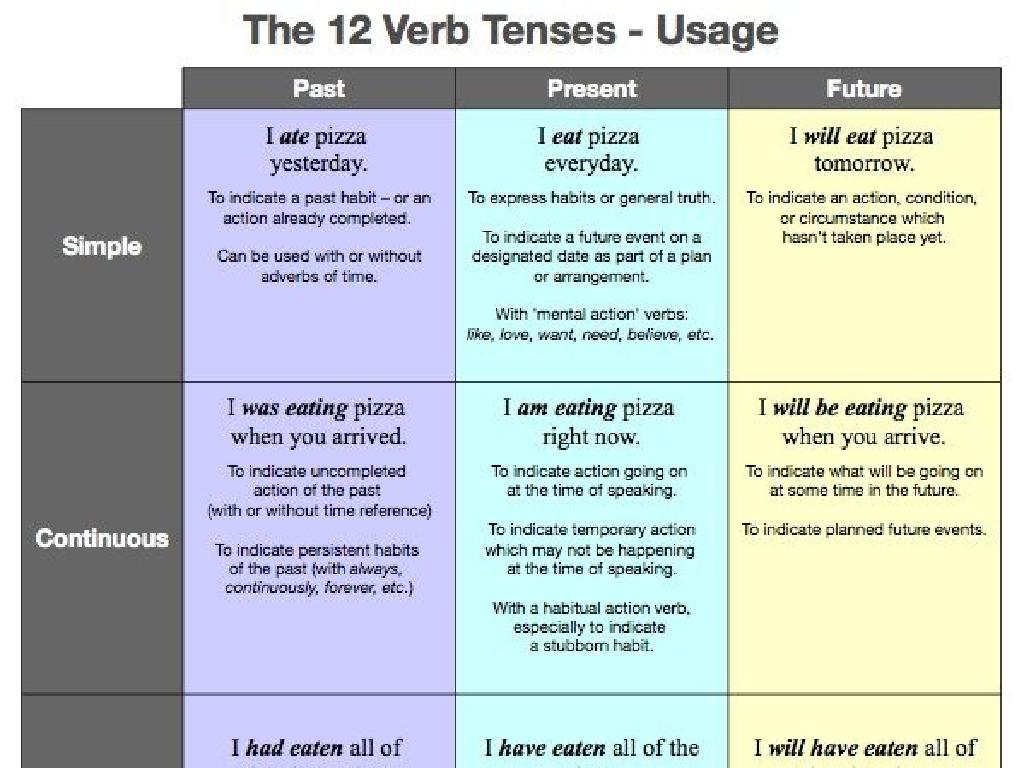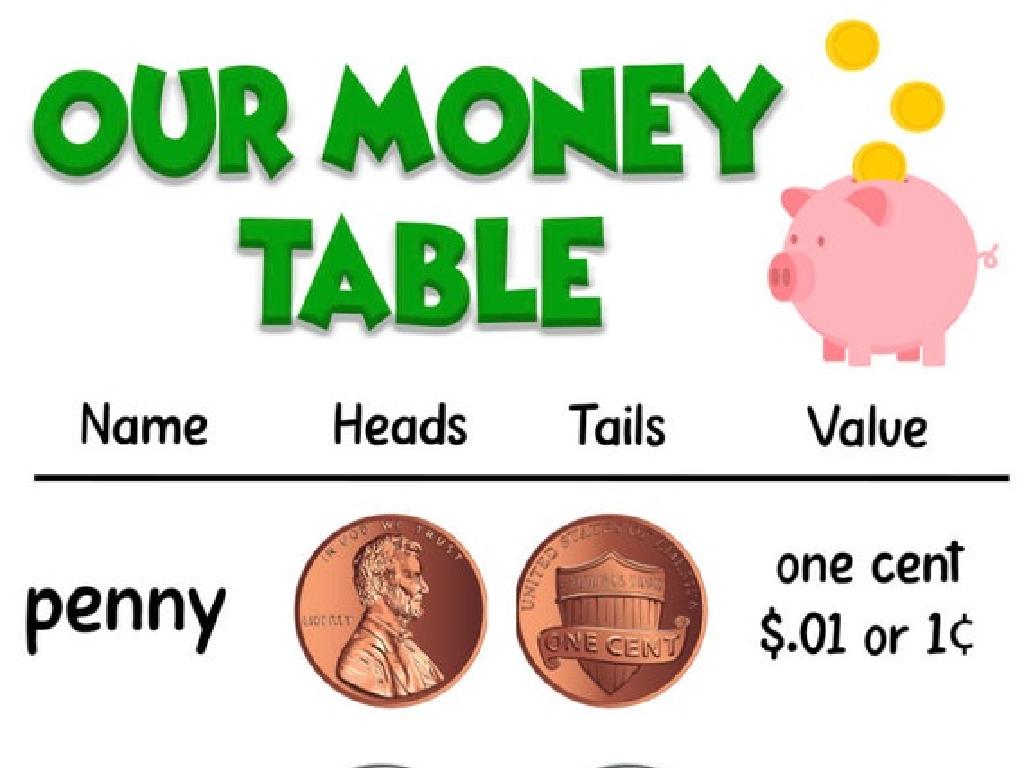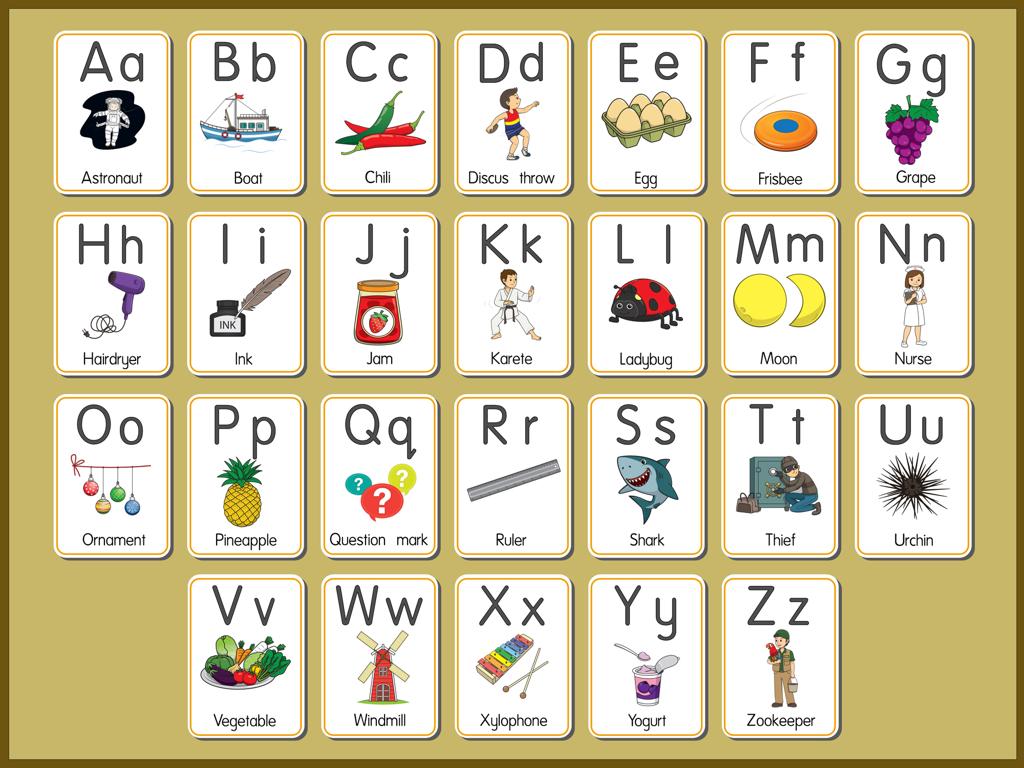Graph And Compare Fractions With Like Numerators On Number Lines
Subject: Math
Grade: Third grade
Topic: Compare Fractions With Like Numerators
Please LOG IN to download the presentation. Access is available to registered users only.
View More Content
Welcome to Fractions!
– Learn about fractions
– Parts of a whole explained
– A fraction represents a part of a whole, like a slice of pizza.
– Fractions in daily life
– Fractions are everywhere: in cooking, at the store, and in sharing.
– Comparing fractions on a line
– Place fractions on a number line to see which is larger or smaller.
|
This slide introduces the concept of fractions to third-grade students. Begin by explaining that a fraction represents a part of a whole, using tangible examples like slices of pizza or pieces of fruit. Highlight the relevance of fractions in everyday life, such as measuring ingredients for a recipe, dividing a pizza among friends, or calculating discounts during shopping. Emphasize the importance of understanding how to compare fractions, particularly those with the same numerator, by visualizing their size on a number line. This foundational knowledge will help students in many real-world situations and build their confidence in math. Encourage students to think of their own examples of fractions they encounter daily.
Understanding Fractions
– A fraction is part of a whole
– Numerator and denominator explained
– Top number (numerator) shows how many parts we have. Bottom number (denominator) shows how many equal parts the whole is divided into.
– Example: 1/2 of a pizza
– If a pizza is cut into 2 equal slices, 1/2 means we have one of those slices.
– Comparing fractions on a number line
– Place fractions on a line to see which is larger or if they are the same.
|
This slide introduces the concept of fractions to third-grade students. Begin by explaining that a fraction represents a part of a whole item or group. Clarify the roles of the numerator and the denominator, using everyday examples like slices of pizza to make the concept relatable. Emphasize that the numerator indicates the number of parts we’re considering, while the denominator shows the total number of equal parts. To compare fractions with like numerators, demonstrate how to plot them on a number line, which visually represents their size and helps students understand which fractions are larger or smaller.
Fractions with Like Numerators
– Same numerators, different denominators
– Example: 1/3 vs. 1/4
– Both fractions have 1 as the top number, but 3 and 4 as the bottom numbers.
– Not the same amount!
– Comparing on number lines
– Place 1/3 and 1/4 on a number line to see which is larger.
|
This slide introduces the concept that fractions can have the same numerator but different denominators, and this affects their value. Use the example of 1/3 and 1/4 to show that even though the top numbers are the same, the bottom numbers being different means they are not equal amounts. Emphasize that 1/3 is larger because when you divide something into fewer pieces (3 instead of 4), each piece is bigger. To help students visualize this, demonstrate how to graph these fractions on a number line. This will show them that 1/3 is to the right of 1/4, indicating it is larger. Encourage students to practice with other fractions that have the same numerator to solidify their understanding.
Fractions on a Number Line
– What is a number line?
– A straight path with numbers in sequence
– Comparing fractions on it
– See which fraction is larger or smaller
– Placing fractions correctly
– Fractions go between whole numbers based on size
– Practice with examples
|
This slide introduces the concept of a number line as a visual tool for understanding the order and comparison of numbers, including fractions. Begin by explaining that a number line is a straight path where numbers are placed at equal intervals. Emphasize that fractions can also be placed on this line, which helps us compare their sizes. Show how to correctly place fractions with like numerators on the number line by determining the size of the fractions relative to the whole numbers. Provide examples and encourage students to practice by placing given fractions on a number line themselves. This activity will help solidify their understanding of the relative value of fractions and enhance their ability to compare them visually.
Placing Fractions on a Number Line
– Divide line into equal parts
– If the fraction is 1/4, divide the line into 4 parts
– Denominator shows parts count
– The bottom number of the fraction (4 in 1/4) is the denominator
– Numerator indicates parts to count
– The top number (1 in 1/4) is the numerator, so count 1 part on the line
– Practice with examples
– Use fractions like 1/3 or 2/5 to draw and compare on a line
|
This slide introduces students to the concept of placing fractions on a number line, which is a visual way to compare fractions with like numerators. Start by explaining that a number line must be divided into equal parts, which the denominator of the fraction determines. The numerator tells us how many of those equal parts to count from zero. It’s crucial to provide examples and have students practice this skill by drawing their own number lines and placing given fractions on them. Encourage students to explain their reasoning and how they determined where to place each fraction on the number line.
Comparing Fractions on a Number Line
– Same numerators: check denominators
– Fractions like 1/3 and 1/4 have the same top number, the numerator.
– Larger denominators mean smaller parts
– If one pizza is cut into 3 pieces and another into 4, the pieces of the 4 are smaller.
– Comparing 1/3 and 1/4 visually
– By placing 1/3 and 1/4 on a line, we can see the difference in their sizes.
– Which fraction is larger?
– Is 1/3 bigger than 1/4? Let’s use the number line to find out!
|
This slide is aimed at helping third-grade students understand how to compare fractions with like numerators using a number line. Start by explaining that when fractions have the same numerator, the size of the fraction depends on the denominator. The larger the denominator, the more pieces the whole is divided into, and thus each piece is smaller. Use a number line to visually compare fractions such as 1/3 and 1/4, showing that 1/3 is larger because it represents a larger part of the whole. Encourage students to draw their own number lines and place fractions on them to compare sizes. This visual method will help solidify their understanding of fraction comparison.
Class Activity: Fraction Number Line
– Place fractions on a number line
– Each student receives a number line and fraction cards
– Position the fractions correctly
Make sure the numerators are the same and only denominators are different
– Compare the fractions with classmates
Discuss which fractions are larger or smaller and why
|
This activity is designed to help students understand the concept of ordering and comparing fractions with like numerators on a number line. Provide each student with a number line and a set of fraction cards. Students will place the fractions in the correct order on the number line. Emphasize that fractions with the same numerator are compared by looking at the denominators; the larger the denominator, the smaller the fraction. After placing the fractions, students should compare their number lines with a partner to discuss their findings. Possible variations of the activity could include using fractions with different numerators, using mixed numbers, or finding equivalent fractions.
Fraction Comparison Wrap-Up
– Excellent work on fraction comparison!
– Recall: Bigger denominators, smaller pieces
– If two fractions have the same numerator, the one with the larger denominator is smaller because the whole is divided into more parts.
– Practice is key to mastering fractions
– Continue your fraction journey!
|
As we conclude today’s lesson on comparing fractions with like numerators, reinforce the concept that when the numerator is the same, the fraction with the larger denominator represents a smaller part of the whole. This is because the whole is divided into more pieces. Encourage the students to continue practicing with different fractions to become more comfortable with this concept. Provide additional worksheets and interactive activities where they can apply what they’ve learned and explore fractions further. Remember to praise their efforts and progress to boost their confidence in their mathematical abilities.





